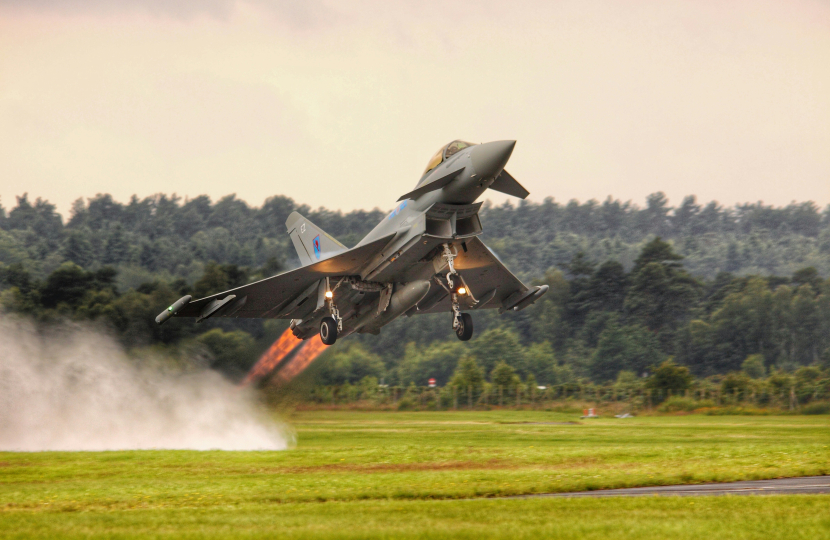
Today we are announcing the biggest strengthening of our national defence for a generation:
Given the deteriorating security environment and with inflation falling to 3.2 per cent, we can now set 2030 as the date to meet our 2.5 per cent commitment. The increase in defence spending starts today and will see defence spending rise steadily in each and every year, giving defence an additional £75 billion over the next six years.
It will be fully funded with no increase in borrowing or debt. We have a clear plan for what we’ll spend, when we’ll spend it, and how we’ll pay for it. This plan that makes the UK by far the largest defence power in Europe and second largest in NATO.
We have three immediate priorities for this new investment:
• Investing in firing up the UK industrial base, including a further £10 billion over the next decade in the British defence industry.
The defence industry supports over 400,000 British jobs, but we will go further to strengthen defence as a key part of the UK’s economic prosperity. One of the central lessons of the war in Ukraine is that we need deeper stockpiles of munitions and for industry to be able to replenish them more quickly. We will grow our domestic UK munitions production pipeline by investing £10 billion over the next ten years in long term contracts, doubling our current spending. These measures will ensure we have more secure and resilient supply chains, whilst supporting more jobs in all parts of the Union. We will also take action to boost private sector investment in defence by reforming ESG rules.
• Innovation and new technology investment that will give us advantage on the modern battlefield.
With an acceleration of new technologies, warfare is fundamentally changing. Through our new Defence Innovation Agency, we will develop a plan to scale R&D funding to a minimum of 5 per cent of the defence budget, together with an additional 2 per cent to exploit that R&D, accelerating investments in new weapon systems. We invest in areas that have proven relevant and deliver advantage on the modern battlefield, like drones, air defence, electronic warfare and cyber, and long-range missiles.
• Support for the Ukraine in the long term, as well as immediate support of an additional £500 million today and the largest-ever single package of equipment.
Ukraine’s security is our security. The costs of failing to support Ukraine now will be far greater than the costs of repelling Putin, because only if he fails will he and other adversaries be deterred. The immediate increase of £500 million will take us to a total of £3 billion of support this year and will be used to deliver urgently needed ammunition, air defences and drones. The package of equipment includes 400 vehicles, more than 1,600 munitions including additional Storm Shadows, more than 4 million rounds of small arms and 60 boats.
We will also develop a National Defence and Resilience Plan, bringing together a comprehensive cross-government plan for our security, preparedness and resilience as a nation. We will build on existing resilience frameworks to develop a National Defence and Resilience Plan, bringing together a comprehensive plan. This will be based on the latest assessment of threats and risks, whilst bringing together our defence and civilian planning to reflect the increasingly interconnected and interdependent world we live in. Several other NATO countries have these plans, so we will work with NATO and other allies as we develop our resilience plan. Our ambition is to set out an outline of our plan early next year.
Q: How are you paying for this?
Part of the additional funding is increased investment in defence R&D, funded from our existing commitment for R&D to rise from a record £20 billion this year, to £22 billion in the next Parliament. The remaining cost will be funded by reducing headcount in the Civil Service to pre-pandemic levels.
Q: Why can’t you go quicker on reaching 2.5 per cent?
An increase to 2.5 per cent of GDP is a substantial increase. In order to ensure defence can spend this money, we first need to build up the industrial base to build capacity in the system. An immediate increase would not allow this, and funds are unlikely to be spent effectively unless spending is ramped up in a deliverable way.




